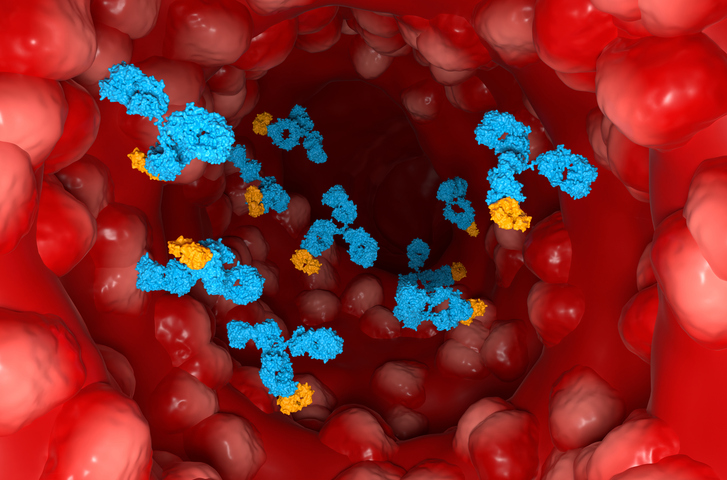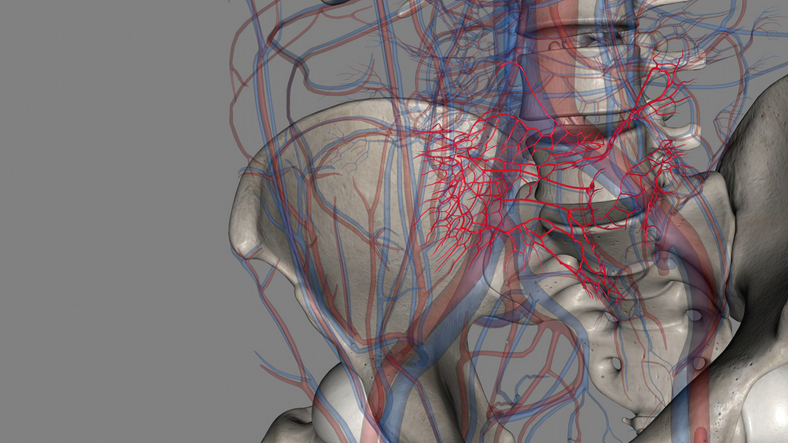
Researchers have discovered that Crohn disease (CD) is comprised of two distinct molecular subtypes. The results, which appeared in Cell Reports Medicine, may lay the foundation for personalized treatment options.
To conduct this study, researchers sampled gut tissue from 53 CD patients during routine colonoscopies at the Inflammatory Bowel Disease Center at UC San Diego Health. The population of interest came from diverse backgrounds and presented with a variety of clinical symptoms. Subsequently, researchers created a “biobank” of patient-derived organoid cultures.
Following analysis, the results showed that no matter how many clinically diverse patients they recruited, the organoids consistently fell into one of two discrete molecular subtypes — each subtype showed unique patterns of genetic mutation, gene expression, and cellular phenotypes.
They identified that the two subtypes are:
- Immune-deficient infectious-Crohn’s disease (IDICD). These are characterized by difficulty clearing pathogens, and an insufficient cytokine response by the immune system. The researchers noted that these patients tend to form fistulas with pus discharge.
- Stress and senescence-induced fibrostenotic-Crohn’s disease (S2FCD), which are characterized by cellular aging and stress. The investigators further noted that these patients tend to develop fibrosis — or scarring — of gut epithelial tissue, which may form strictures.
“Currently, because of a lack of understanding of these fundamentally different subtypes, they are all being given the same treatment — a cookie-cutter therapy,” said Pradipta Ghosh, MD, professor of cellular and molecular medicine and executive director of the HUMANOIDTM Center via a press release. “This combination of anti-inflammatory drugs helps a fraction of the patients, but only temporarily.”







 © 2025 Mashup Media, LLC, a Formedics Property. All Rights Reserved.
© 2025 Mashup Media, LLC, a Formedics Property. All Rights Reserved.